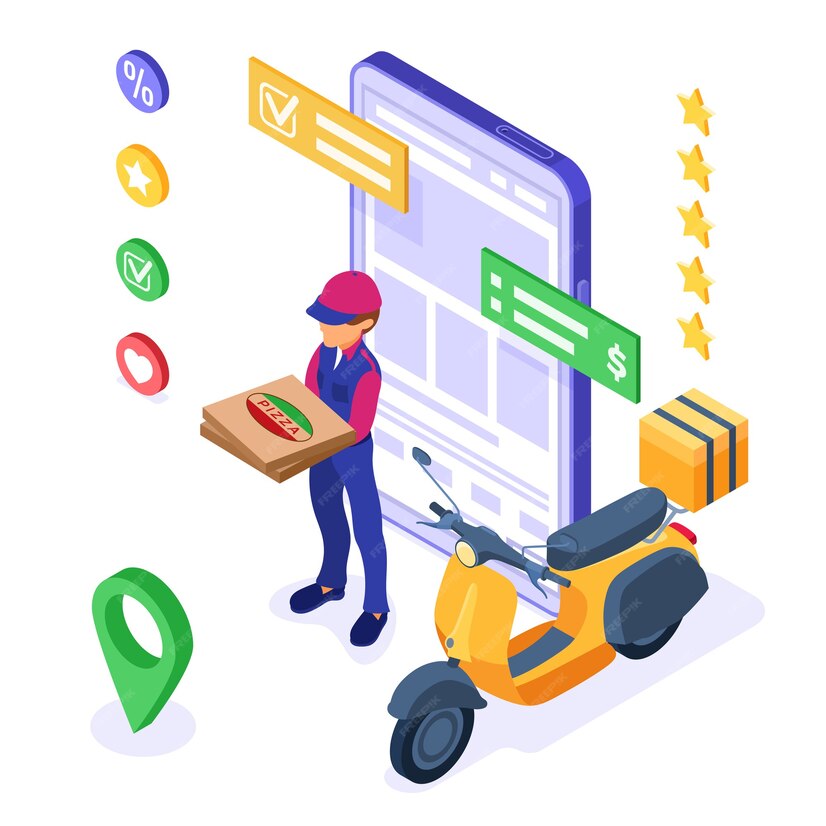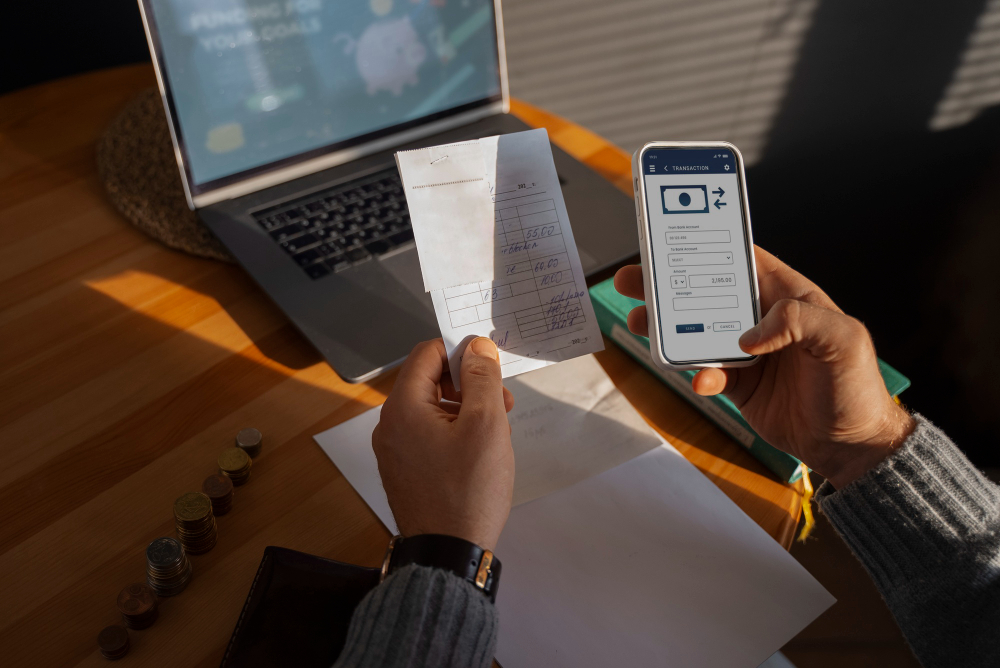Delivery apps are now a necessary component of our everyday lives in the fast-paced society we live in. Delivery applications have been immensely popular due to the convenience of having stuff delivered directly to your home, be it groceries, meals, or even mail. It is a wise decision to design a delivery app for iOS and Android if you want to benefit on this expanding market. This guide will walk you through the key steps and considerations to build delivery apps for iOS & Android that are not only functional but also user-friendly and scalable.
1. Understanding the Market and Defining Your Niche
Before diving into development, it’s crucial to understand the market dynamics:
-
Market Research: Analyze existing delivery apps. What do they offer? Where do they fall short? Identifying these gaps will help you position your app uniquely.
-
Target Audience: Determine who your primary users will be. Are you targeting busy professionals, families, or perhaps a more niche market like organic food lovers?
-
Service Focus: Will your app focus on a single delivery type (like food or groceries) or offer a multi-service platform (food, groceries, pharmacy, etc.)?
2. Choosing the Right Technology Stack
Building robust and efficient delivery apps for iOS and Android requires choosing the right technology stack:
-
Cross-Platform Development: You may create apps that function perfectly on iOS and Android, cutting down on development time and expense, with frameworks like React Native and Flutter.
-
Native Development: If you would rather develop apps separately for each platform, you might want to look into Swift for iOS and Kotlin or Java for Android. Improved performance and a more customized user experience can be obtained with native apps.
-
Backend Development: Use technologies like Node.js, Django, or Ruby on Rails for handling the app’s backend, including database management, server-side logic, and API integrations.
-
Database Management: Opt for scalable databases like MongoDB, MySQL, or PostgreSQL to manage user data, orders, and transactions.
3. Essential Features for Your Delivery App
To ensure your app is competitive and meets user expectations, it’s essential to include the following features:
-
User Registration and Authentication: Secure sign-up options using email, phone numbers, or social media accounts.
-
Real-Time GPS Tracking: Allow users to track their orders in real-time, providing transparency and peace of mind.
-
Multiple Payment Options: Integrate various payment gateways to support credit/debit cards, digital wallets, and even cash on delivery.
-
Search and Filters: Implement robust search functionality with filters based on categories, price, distance, and more.
-
Order Management: Simple and intuitive interfaces for placing, managing, and canceling orders.
-
Push Notifications: Keep users informed with order updates, promotions, and important announcements.
-
Ratings and Reviews: Allow users to rate their experience and provide feedback on both the service and the delivery personnel.
-
Customer Support: Provide in-app support options like live chat or a help center to address user issues promptly.
4. Designing a User-Friendly Interface (UI/UX)
The user interface and experience are critical to the success of your app:
-
Simplicity: The app should be easy to navigate, with clear menus and straightforward steps for placing orders.
-
Consistency: Ensure a consistent design language across both iOS and Android platforms, while respecting the unique guidelines of each.
-
Speed: Optimize the app’s performance to reduce loading times and ensure a smooth experience, even under high traffic.
-
Accessibility: Design with accessibility in mind, ensuring that users with disabilities can also navigate and use the app effectively.
5. Testing Your App Thoroughly
Before launching, it’s essential to test your app rigorously to identify and fix any issues:
-
Functional Testing: Ensure all features work as expected across different devices and operating systems.
-
Performance Testing: Test the app’s performance under various conditions, including high traffic and poor network connectivity.
-
Usability Testing: Gather feedback from real users to identify areas where the app’s usability can be improved.
-
Security Testing: Protect user data and transactions by testing the app’s security measures against potential threats.
6. Launching Your Delivery App
With development and testing complete, it’s time to launch your app:
-
App Store Optimization (ASO): Optimize your app’s listing on the Apple App Store and Google Play Store with relevant keywords, engaging descriptions, and high-quality screenshots.
-
Pre-Launch Marketing: Build anticipation with teaser campaigns, social media promotions, and email newsletters.
-
Beta Testing: Consider launching a beta version to a limited audience to gather initial feedback and make final adjustments.
7. Post-Launch Monitoring and Updates
Launching your app is just the beginning. Continuous monitoring and updates are essential to maintaining user satisfaction and app performance:
-
User Feedback: Actively collect and analyze user feedback to identify pain points and areas for improvement.
-
Analytics: Use tools like Google Analytics or Firebase to monitor user behavior, engagement, and retention rates.
-
Regular Updates: Keep your app updated with new features, performance enhancements, and security patches to keep users engaged and attract new ones.
8. Scaling and Expanding Your Services
As your user base grows, consider expanding your app’s features and services:
-
Geographical Expansion: Start offering your delivery services in new regions or cities.
-
New Delivery Options: Introduce additional services like same-day delivery, scheduled deliveries, or subscription-based deliveries.
-
Partnerships: Collaborate with more local businesses to offer a wider variety of products and services through your app.
Conclusion
Developing delivery apps for iOS and Android is a profitable endeavor, particularly given the growing need for on-demand services. This comprehensive development guide will help you build scalable, reliable, and user-friendly software that satisfies modern users’ needs. The secret to success, whether you’re concentrating on a single service or providing a full suite of services, is meticulous planning, selecting the appropriate technological stack, and consistently adjusting in response to customer input and industry developments.




